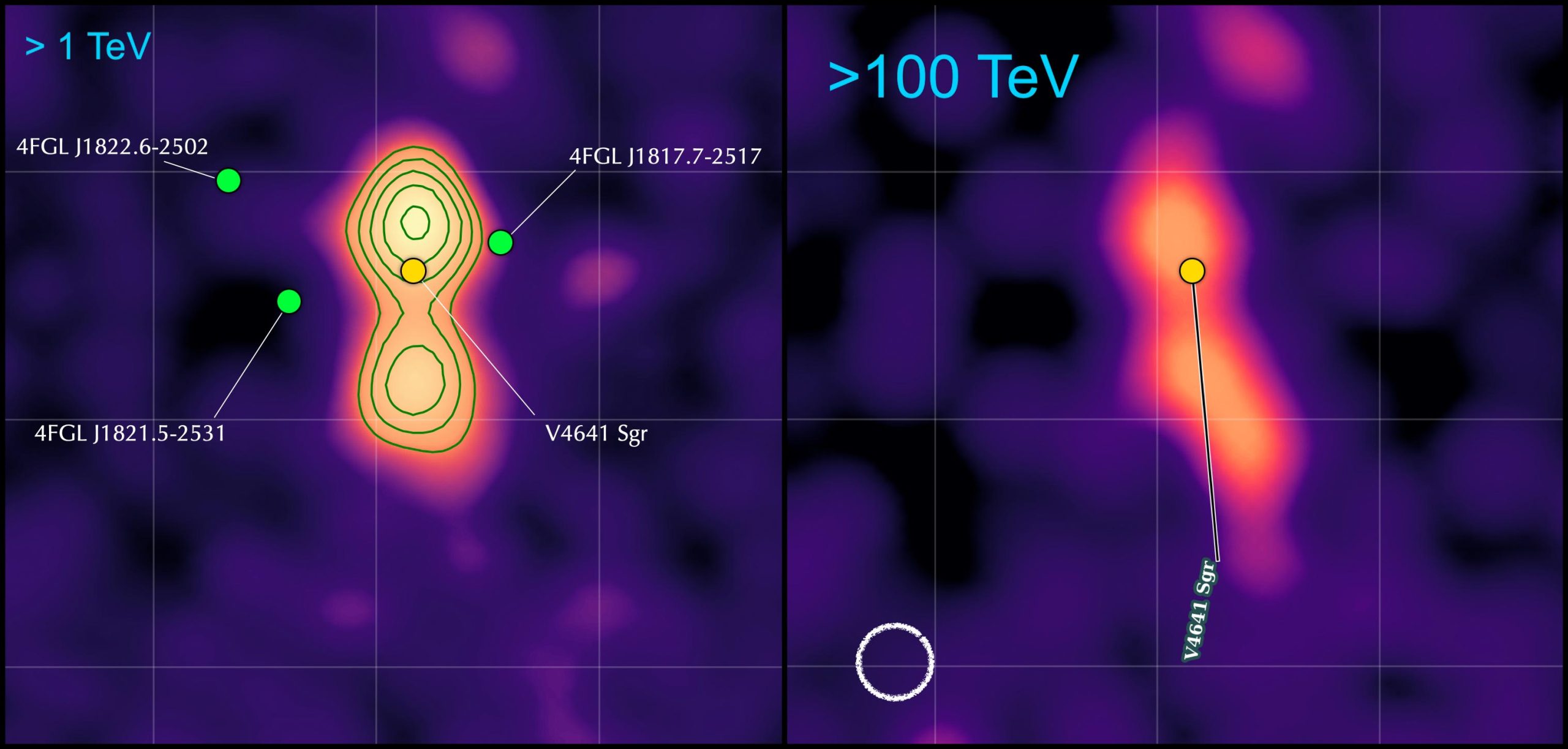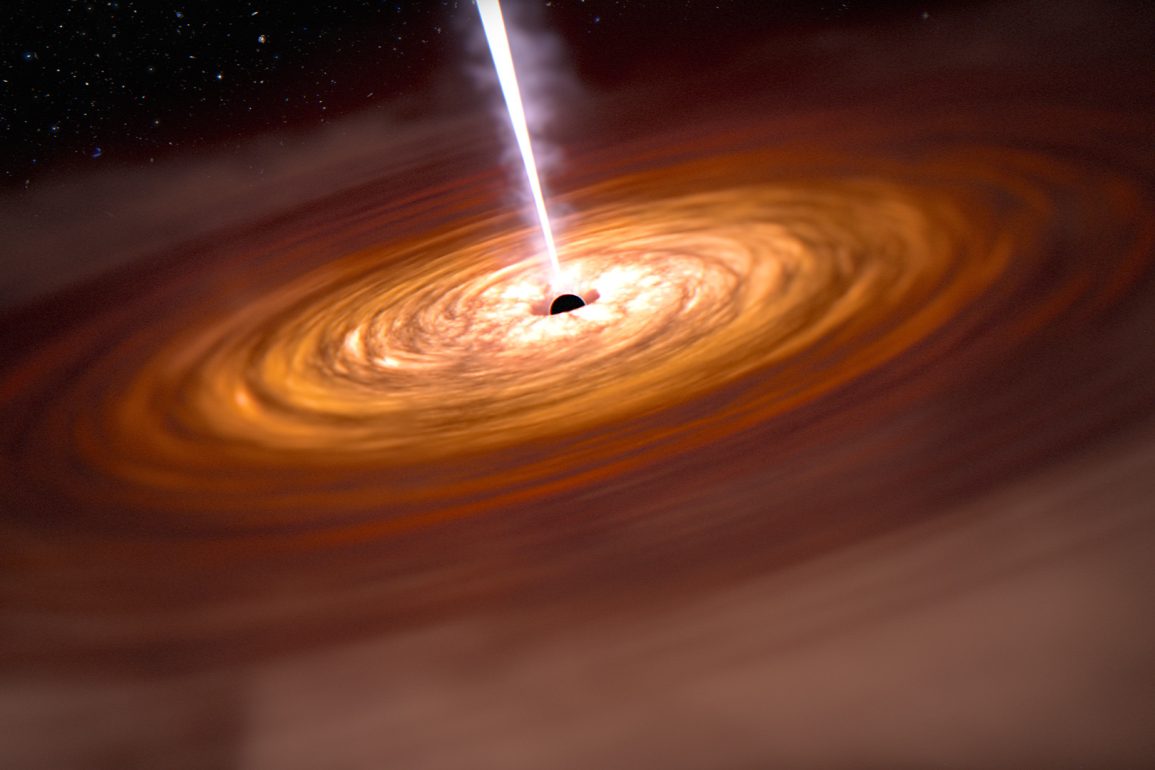The discovery that microquasars within the Milky Way produce extremely high-energy electromagnetic radiation, previously thought to only come from distant galaxy cores, marks a significant advancement in astrophysics.
This finding, made by the High-Altitude Water Cherenkov Gamma-Ray Observatory (HAWC), challenges previous assumptions that supernova remnants were the primary sources of cosmic radiation in our galaxy. Microquasars, compact systems within the Milky Way, are now emerging as important sources of this ultra-high-energy radiation, thanks to contributions from scientists at the Institute of Nuclear Physics in Poland.
Historically, since cosmic radiation was discovered by Victor Hess in 1912, supernova remnants were considered the main accelerators of high-energy particles. However, recent data from HAWC suggest that microquasars, not just supernova remnants, are also capable of producing extremely high-energy photons. HAWC, located in Mexico, captures gamma photons with energies up to hundreds of teraelectronvolts, vastly higher than visible light photons, offering new insights into cosmic radiation’s origins.

Microquasars and quasars share similarities in their ability to produce powerful jets of matter. Quasars, supermassive black holes located in the cores of distant galaxies, shoot jets of matter at nearly light-speed, creating shock waves that generate high-energy photons. Microquasars, much smaller and closer to Earth, operate on a similar principle. Unlike quasars, which are found millions of light years away, microquasars reside within the Milky Way, making them more accessible for study.
The detection of extremely high-energy photons from the microquasar V4641 Sagittarii, located about 20,000 light years away, is particularly striking. This system contains a black hole and a massive star, and the photons observed from its jets reach energies up to 200 teraelectronvolts. Observations also reveal a relativistic effect, where the jet appears to move faster than light due to its orientation toward Earth, adding to the novelty of the discovery.
This breakthrough opens a new chapter in astrophysics, allowing scientists to study processes similar to those in distant quasars at a much closer range and over shorter time periods. Microquasars offer a more accessible means to observe the production of ultra-energetic photons without the complications of cosmic distances. This discovery enhances our understanding of cosmic rays and their role in galactic evolution, providing a new perspective on high-energy phenomena in our galaxy.

